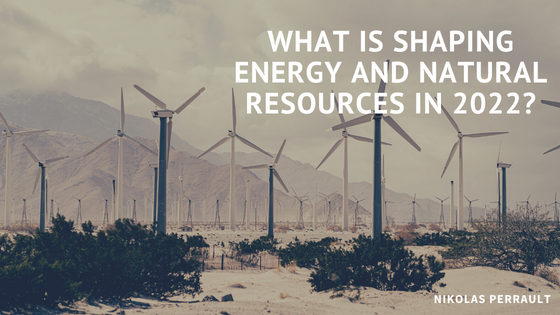In 2021, the global economy emerged from the COVID-19 pandemic, as well as various supply chain disruptions and extreme weather events. However, it suffered from a prolonged energy supply crunch caused by rising power and fuel prices. As 2022 comes to a close, here is what has shaped energy and natural resources this year.
Shift in Electricity Demand
During the first year of the pandemic, global electricity consumption dropped dramatically. However, it recovered in the second year as the global economy started to recover. Although the lockdown measures implemented during the pandemic are expected to ease, they will remain in place as economies adjust to the new, highly contagious variant. In 2022, global economic growth will likely moderate as electricity demand and real gross domestic product growth are closer to pre-crisis levels.
Metals Supercycle
The rapid recovery of the global economy has squeezed the supply chains of various commodities. As a result, the prices of metals and energy have increased significantly. These include copper, aluminum, nickel, cobalt, and lithium. As the world moves toward a low-carbon infrastructure, investors are expected to continue investing in these transition metals. Despite the significant increase in the prices of metals and energy, we do not believe that a supercycle is yet in the works.
Organic Investment
In 2022, the organic investment in renewables is expected to increase significantly. We expect the global solar capacity to increase by 17% and the wind capacity to grow by 11%. In the upstream oil and gas industry, spending is expected to increase by around 9%. Most of the increase is expected to be led by the major national oil companies (NOCs), while the IOCs are expected to increase their short-cycle projects.
Energy Disruptors
The success of the COP26 conference, which included several net zero pledges, paved the way for establishing policies and incentives for the private sector. In the US, for instance, the 45Q tax credit for capturing and storing carbon is a key component of the country’s efforts to support the development of green hydrogen. The rising cost of raw materials and wages, as well as the logistics challenges faced by the manufacturing industry, are some factors hindering the development of low-carbon technologies.
Oil Prices
Despite the slow recovery, the market is expected to remain in balance in 2022 as the Organization of Petroleum Exporting Countries (OPEC+) and its allies successfully manage the global oil supply. In the third quarter of the year, the oil demand increased by 4.5 million barrels per day (b/d), while the supply rose by 4.8 million b/d. We do not expect a supply shortage in the year’s first quarter.
